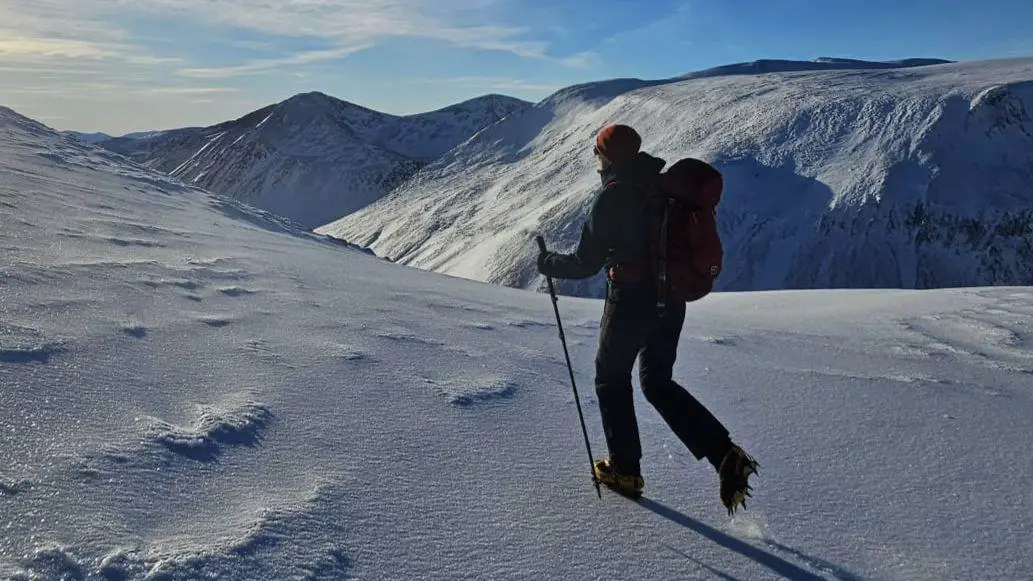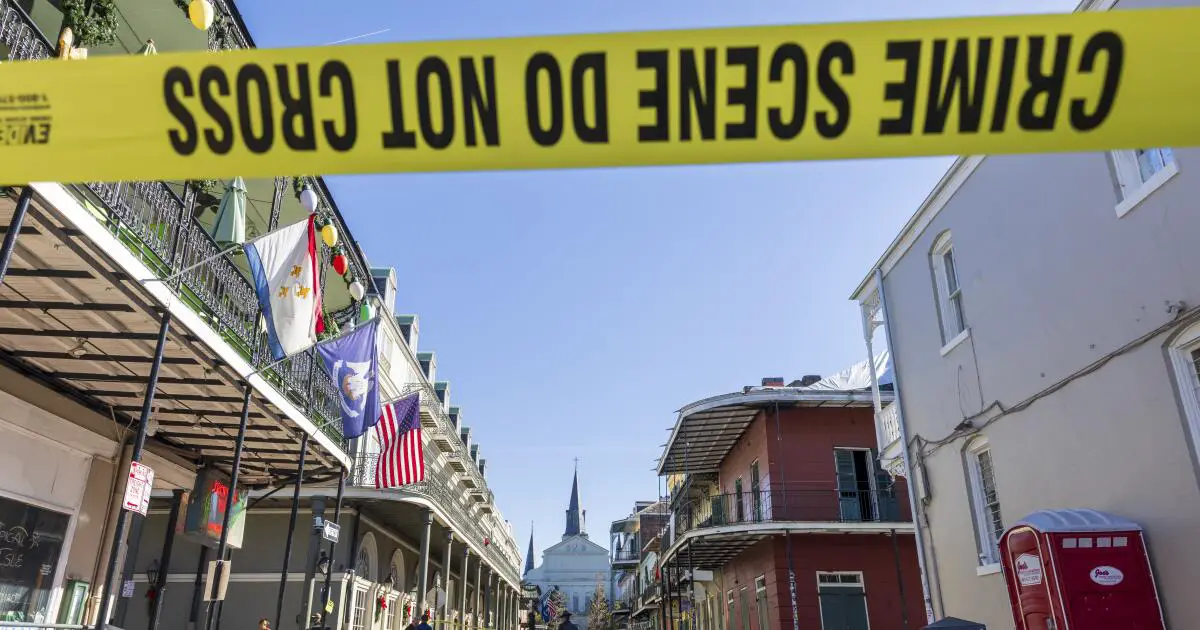‘‘No one hitchhikes any more, do they?” I often hear people saying this and am proud to reply that I’ve hitchhiked every decade of my life, except the first. And I don’t intend to stop just because I’m now in my 80s.
So there I was, standing beside the road in southern Bavaria last year at the age of 82, with a sheepish smile on my face and thumb extended, while car after car swept past looking at me curiously. I could have taken the bus; indeed, that was the plan when I firmly told my companions that a seven-mile walk was enough for me, and they could complete the final five miles to Egloffstein, where we were staying, on their own.
I found a bus stop and learned that the next departure was in just under an hour. It was a fine afternoon, with the late sun illuminating the autumn colours of the beech trees, and there was a bench to sit on, so I decided to give hitching a go. If a car didn’t stop, I could hop on the next bus.
After about 10 minutes a large car stopped. I told the middle-aged driver where I wanted to go while his teenage passenger looked on with some misgivings.
“Gasthof?” he asked. I gave the name of a guesthouse, he nodded, and I climbed into the back, settling into the usual hitchhiker’s conversation. Where was he from? Italy originally, but he now lived locally. I told him I was on a walking holiday, and how much we were enjoying the region, rather whimsically called Franconian Switzerland, and in no time he was pulling up outside the guesthouse.
Sipping a beer while waiting for my friends to arrive, tired and hungry, I reflected on why my enthusiasm for hitchhiking is undiminished. It’s partly the serendipity – having no idea who you’ll meet and where you’ll end up – but mostly that more than any other form of travel, it confirms the innate kindness of most human beings. Learning to trust strangers is, I believe, one of the important lessons in life. Yes, there are risks, especially for lone women. Of course, bad things can, and do, sometimes (though rarely) happen, and obviously it’s much safer if there are two of you.
When I was a youngster, I took hitchhiking holidays to Greece and the Middle East with girlfriends, and we met some wonderfully kind people. However, my best hitchhiking memories are from later, when I was in my 20s, living in Boston and met my future husband who, I was astonished to discover, didn’t own a car. That would not be so unusual in Britain in the 1970s, but in America?
George hitchhiked as a matter of course and expected me to do the same. More mature and less selfish than my teenage self, I learned that every lift brings an opportunity to give as well as receive. George was good at this, a great conversationalist and always interested in other people’s lives. Often the driver just wanted to talk. That was fine; we listened. Yet I remember one couple who drove in tight-lipped silence for half an hour after picking us up (we learned later that they’d argued about whether to stop for us). By the end of the day, however, we joined forces to have a lobster and wine feast in a hired cabin on the Canadian coast. “Boy, I’m glad we stopped for you guys,” the husband said. “We were going to drive back to Boston tonight.”
I can’t remember the name of the island off the Maine coast where we had our most extraordinary encounter. We took a ferry there and planned to spend the day seeing as much as we could before returning to the mainland. A man soon stopped and we explained our open-ended plans. “OK,” he said, “I’ll show you where I live.” He drove us a few miles, stopping outside a white clapboard house where he got out, indicated the driver’s seat and said: “You kids go and explore. This is my house – just bring the car back when you’ve finished.”
Another time, another place, an elderly man stopped for us and asked where we wanted to go. “Well, where are you going?” we asked. He said it was up to us. He spent his days driving around looking for hitchhikers. This may sound creepy but his motives were simple. “Listen, I’m retired, I love driving, and I like people. Now where do you folks wanna go?”
Such displays of generosity were exceptional, and probably wouldn’t happen in these more suspicious times. My next decade was spent travelling through South America and Africa. In both continents hitching opportunities were limited to the wealthier southern countries, where there were more private cars. Otherwise, it was expected, and fair, to pay for your transport. Chile and Argentina were going through turbulent times politically (Allende had just been overthrown in Chile; Argentina was in the thrall of Juan Perón).
after newsletter promotion
We spent hours in cars just listening to the tales of ordinary people, but it was in South Africa that we had one of our most memorable lifts. George and I worked there in 1975, at the height of apartheid, and hitchhiking – if you were white – was relatively easy. One time, a battered bakkie (pickup truck) stopped. The black driver, a broad smile on his face, motioned to the back and we happily climbed in, knowing, as he did, that we were within the law. The usual arrangement, of course, was a white farmer driving the vehicle with the black farmworkers squashed in the back. It still makes me smile when I recall the look on the faces of people we passed.
As I continued to seek the occasional lift into my 40s and 50s, the drivers must have had a shock when they stopped and realised that this hitchhiker was getting on in years. However, it was only when I started travelling with Janice, two years older than me and with white hair, that I discovered the advantages of flaunting, rather than concealing, your age.
Janice had hitchhiked in Greece as a youngster, so when we planned a return visit to the Mani peninsula, to revisit some of her favourite places, we agreed that the once-a-day bus wasn’t going to get us far and we would hitchhike when necessary. I hadn’t realised how easy it would be. I’d push Janice to the front, and cars would stop because what else can you do when a white-haired old lady sticks her thumb out and looks beseeching – and is carrying a sign to the destination written in the Greek alphabet as well as in English? They stopped. They all stopped. We rode with a priest, with his hat and his little bun, and Janice chatted to him in Greek; we travelled with German tourists and exchanged information on the most rewarding Byzantine churches; and finally hopped on to the back of a pickup truck to join two young Albanians who, we gathered, were employed on a building site.
The Albanians spoke about as much Greek as Janice, so although conversation didn’t exactly flow, it sputtered along quite happily. They were, understandably, curious about why two women who certainly looked past the first flush of youth were hitchhiking. They muttered among themselves, casting furtive glances at us before asking Janice her age; 62, she told them. No interest there then.
Janice and I continued hitching through our 60s and into our 70s, although she did sometimes rebel and mention the T-word. No, we were not going to take a taxi when this would be more complicated than sticking our thumb out.
The last time was in France, trying to get to the prehistoric cave paintings at Les Eyzies, when there were no buses. Janice made a cardboard sign, in French, and a car soon stopped. It smelt deliciously of fresh bread. The female driver was on her way to her mother’s to deliver groceries. Did we mind waiting while she visited Mum? Of course not. She left the key in the ignition and her handbag on the seat and was gone for some time.
This exemplifies the mutual trust which is so integral to hitchhiking, and why I might still find myself standing by a road with my thumb out relying, again, on the kindness of strangers.
Taking the Risk: My Adventures in Travel and Publishing by Hilary Bradt (Bradt Travel Guides, £20) is published on 1 May







